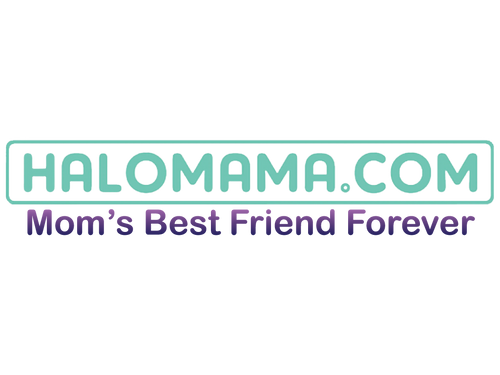
How to Brushing Baby's Teeth?

Your baby's primary teeth may be only a temporary tool for chomping, to be replaced during the early school years by his permanent pearls. But it's no less important to take good care of them now and to establish the habits that will lead him toward a lifetime of dental health. Decayed or lost baby teeth can interfere with good nutrition and speech development, and by not holding a proper place for permanent teeth, they can make the permanent ones come in crooked.
WHEN SHOULD I START BRUSHING MY BABY'S TEETH?

Tooth brushing can begin as soon as baby’s first tooth pokes through the gums. Use a clean, damp washcloth, a gauze pad, or a finger brush to gently wipe clean the first teeth and the front of the tongue, after meals and at bedtime. Toothbrushes — moistened with water and no more than a rice-grain size smear of fluoride toothpaste — can also be used, but they should be very soft and with no more than three rows of bristles (a pediatric dentist or your pharmacist can help you find the finger brushes and a proper baby toothbrush). Toss any toothbrushes that have become rough at the edges (or that are more than two to four months old, because nasty mouth bacteria can begin to build up).
WHAT TO DO IF YOUR BABY HATES TOOTH-BRUSHING TIME

Unfortunately, not every baby loves having her teeth cleaned—and when baby is teething and her gums are sore and tender, she might be especially resistant. Here’s what to try if tooth-brushing time becomes a struggle:
- Go easy: Baby’s gums are sensitive (even when she’s not teething), so if she really doesn’t seem to like the brush, try a soft washcloth and a gentle touch.
- Sing a song: For some babies, a little distraction is all it takes to make tooth-brushing palatable. Sing a favorite tune while cleaning baby’s teeth, or make up silly versions of standards (maybe “Old McDonald had a brush,” or “Mary had a little tooth”). Your little one may reward you with a tiny-toothed smile.
- Show her how it’s done: Seeing mom or dad brushing—and enjoying it—helps make a game out of tooth-brushing time. “Mom goes first...now your turn!”
- Let her play: Your baby will probably be curious about the toothbrush or finger brush. Encourage her interest by allowing her to hold the brush and examine it at her own pace. She may even end up putting the brush in her mouth, all on her own.
Jack N' Jill Silicone Finger Brush 2 Pack - Stage 1 (6M - 18M)
![]()
Details:
Made from 100% medical/food grade silicone, this has been designed for a simple and effective start towards good oral hygiene.
Easy to use, gentle on gums, non-toxic and BPA Free. Suitable for use with Jack N' Jill Natural Toothpaste. Convenient for travelling.
Jack N' Jill Silicone Finger Brush 2 Pack - Stage 1 (6M - 18M)
![]()
Details:
Soft Silicone Bristles
Gentle on tiny teeth and sensitive gums
100% Medical/Food Grade Silicone
BPA & PVC Free
Double Sided - cleans top & bottom, front & back at the same time!
Jack N' Jill Silicone Baby Toothbrush - Stage 2 (1-3 years)
![]()
Details:
Soft Silicone Bristles
Gentle on tiny teeth and sensitive gums
100% Medical/Food Grade Silicone
BPA & PVC Free
Safety Shield Included
Ideal for babies/children before side/rear teeth have come through
Jack N' Jill Toothbrush

Details
Rounded Nylon bristles (SOFT) for superior cleaning
Ergonomic handle made from 100% Corn Starch (Non GMO!)
https://www.youtube.com/watch?v=G5o1oNHp49c
(Source from: http://www.whattoexpect.com/first-year/teething/brushing-baby-teeth.aspx)
